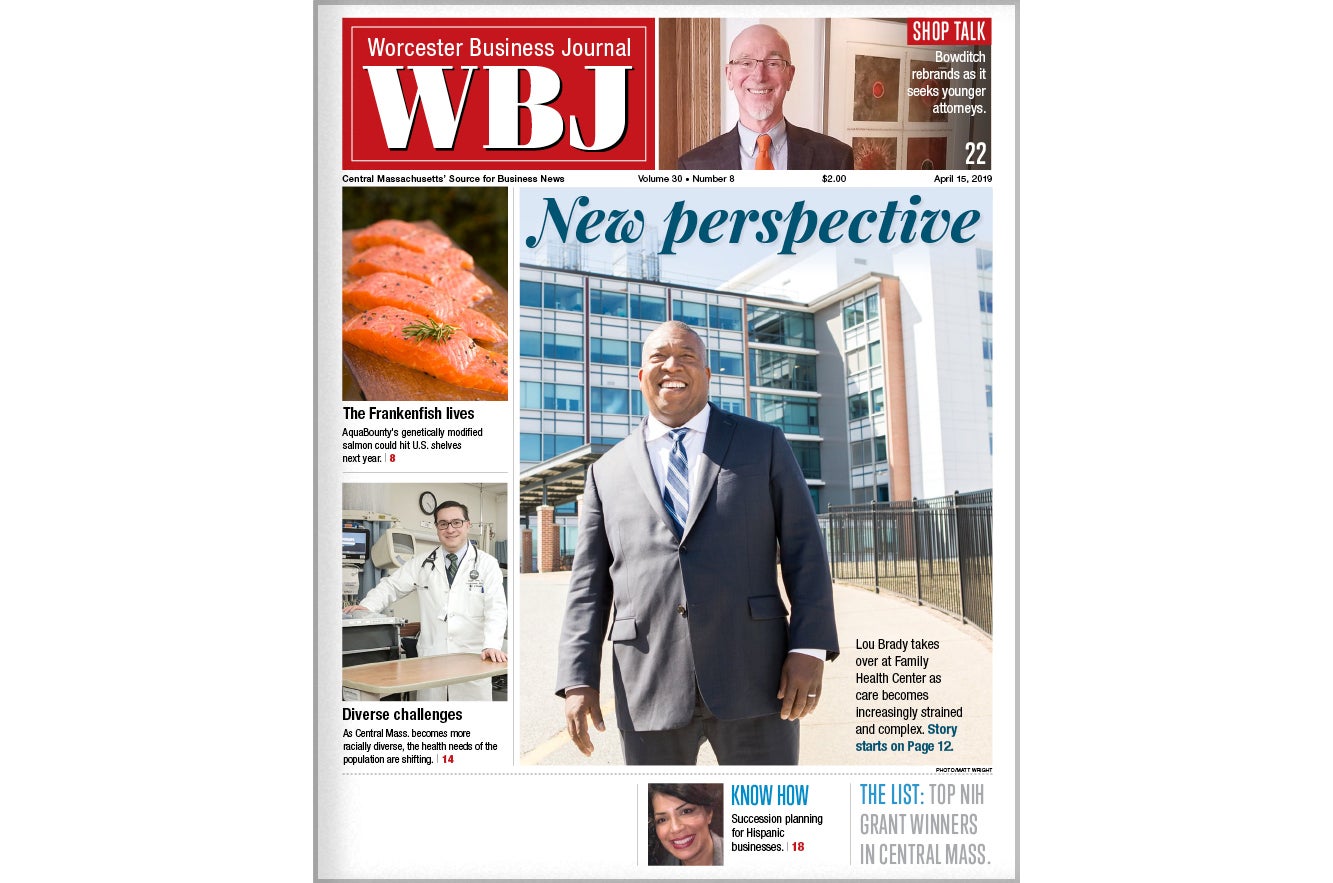Rate cut 'prudent,' say Fed minutes
Minutes of a Sept. 18 meeting, at which the Fed cut its target for a key short-term interest rate to 4.75 percent, show Fed officials united on the move to "forestall some of the adverse effects on the economy that might otherwise arise."
The Fed was unsure what was ahead, however, emphasizing that policy hinged on the economy's performance. The minutes, released Tuesday, helped the Dow Jones industrial average and Standard & Poor's 500 index rally to record highs.
The Fed decided not to issue a highly explicit statement of economic risks after the meeting, "as such a characterization could give the mistaken impression that the committee was more certain about the economic outlook than was, in fact, the case," the minutes said.
"Future actions would depend on how economic prospects were affected by evolving market developments and by other factors," according to the minutes.
With inflation easing, and the economy likely to slow, Fed officials said the rate cut didn't appear to pose a major threat of accelerating price pressures - though adding they remained vigilant on inflation.
At its meeting last month, the Fed cut the federal funds rate, which is what banks charge each other for overnight loans. The rate is the benchmark for a range of consumer and business credit.
In a speech Tuesday, St. Louis Fed Bank President William Poole said financial markets "appear to be stabilizing, but they have not returned to normal and are still fragile."
Other economists noted that the markets, while improved, were still shaky and that housing was worse.
"The Fed could cut again (at its next meeting) on Oct. 31 based on these developments alone," says Michael Gregory, senior economist at BMO Capital Markets.
The minutes also outline two conference calls between Fed Chairman Ben Bernanke and his colleagues on the Federal Open Market Committee. In an Aug. 10 conference call, the officials discussed market developments and possible changes to the discount rate, what the Fed charges banks for loans.
On Aug. 16, the FOMC held another conference call, the next day announcing a half-point cut in the discount rate, which is what it charges banks for loans.
Fed officials in September were concerned that tight credit would further harm a housing market they already characterized as "exceptionally weak," and hurt employment and growth.
The Fed staff reduced its forecast for economic growth in the final months of 2007 and 2008, predicting a "modest increase" in unemployment. Falling home values, the slower job market and sagging consumer confidence also seemed likely to restrain consumer spending, the staff said.
"Given the unusual nature of the current financial shock, participants regarded the outlook for economic activity as characterized by particularly high uncertainty, with the risks to growth skewed to the downside," the minutes said.








0 Comments